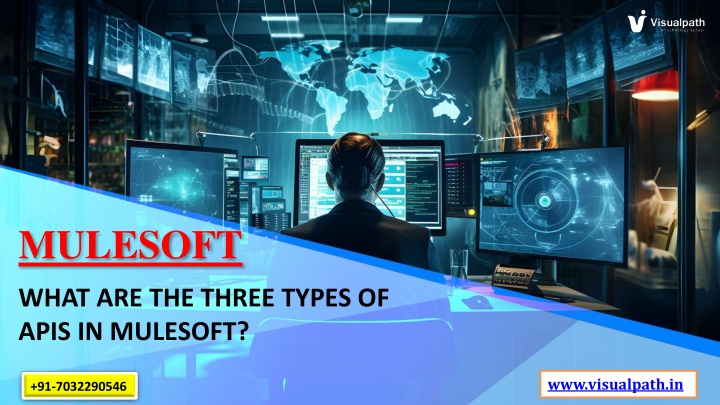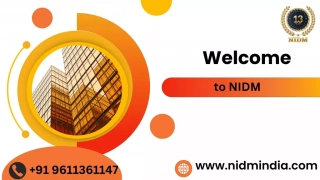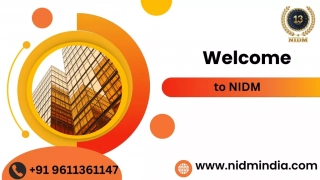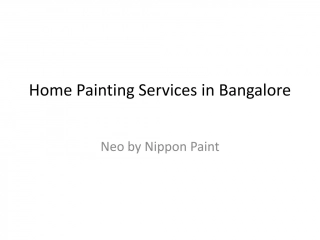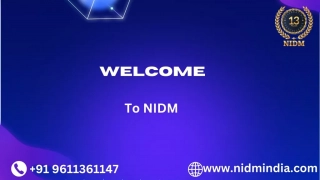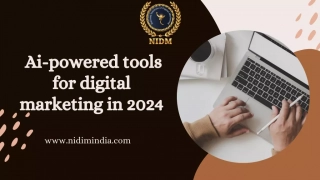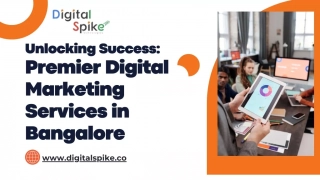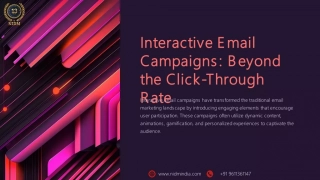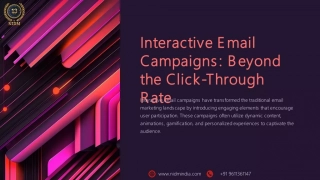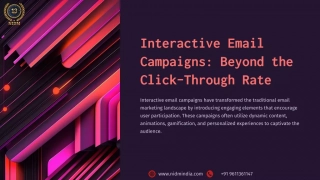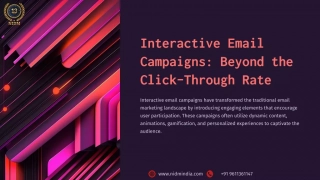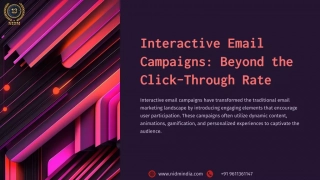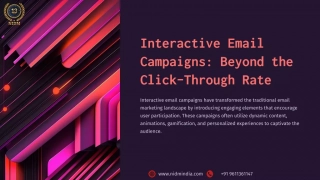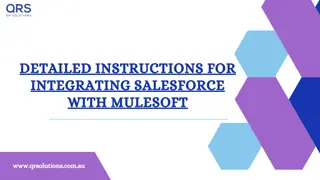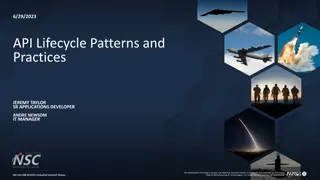MuleSoft Course Online - MuleSoft Training in Bangalore
Visualpath brings you industry-leading MuleSoft Course Online designed to elevate your career with real-world expertise, and gain hands-on skills through real-time scenarios. With 24/7 access to recorded sessions and in-depth learning, resume prepar
Download Presentation

Please find below an Image/Link to download the presentation.
The content on the website is provided AS IS for your information and personal use only. It may not be sold, licensed, or shared on other websites without obtaining consent from the author.If you encounter any issues during the download, it is possible that the publisher has removed the file from their server.
You are allowed to download the files provided on this website for personal or commercial use, subject to the condition that they are used lawfully. All files are the property of their respective owners.
The content on the website is provided AS IS for your information and personal use only. It may not be sold, licensed, or shared on other websites without obtaining consent from the author.
E N D
Presentation Transcript
MULESOFT WHAT ARE THE THREE TYPES OF APIS IN MULESOFT? www.visualpath.in +91-7032290546
Introduction In MuleSoft, the three types of APIs follow the API-led connectivity approach. Each type has a distinct role in the overall architecture, and together they help build scalable, reusable, and manageable integration solutions. MuleSoft is a leading integration platform for connecting applications, data, and devices. It enables organizations to build application networks using APIs. www.visualpath.in +91-7032290546
What is API-Led Connectivity? API-led connectivity is a methodology for connecting data to applications through reusable and purposeful APIs. It organizes APIs into three distinct layers: System, Process, and Experience. Key Principles Decouples systems for greater flexibility and reuse. Promotes modular, scalable architecture. www.visualpath.in +91-7032290546
Why API-Led Architecture? API-led architecture offers a structured and reusable approach to integration that improves the speed, flexibility, and scalability of development. By organizing APIs into layers System, Process, and Experience it enables teams to decouple systems and work independently. This modular design allows for faster development, easier maintenance, and the ability to scale solutions without disrupting the entire system. www.visualpath.in +91-7032290546
Overview of the 3 API Types i. ii. iii. System API iv. Brief one-liner for each Experience API Process API In MuleSoft s API-led connectivity approach, there are three core types of APIs: System APIs, Process APIs, and Experience APIs. Each plays a specific role in the architecture. System APIs provide direct access to backend systems like databases, ERPs, or legacy applications, abstracting their complexity. www.visualpath.in +91-7032290546
Experience APIs Introduction Experience APIs are the top layer in the API-led connectivity model. Their main role is to deliver information in a format tailored to the needs of specific users, channels, or applications. These APIs focus on customizing and presenting data for a particular audience, such as a mobile app, web portal, or third-party partner. By separating the presentation layer from the business logic and system integration. APIs (Application Programming Interfaces) allow different software systems to communicate. www.visualpath.in +91-7032290546
Experience APIs Use Case Scenario: A Retail E-Commerce Platform Challenge: The retail company wants to provide different experiences for customers, partners, and internal users through a mobile app, a web portal, and a partner API. Solution:Mobile App (CustomeExperience): The Experience API delivers personalized product recommendations, order status. MuleSoft uses an API-led connectivity approach to build integrations. It breaks down integration into three reusable layers: System, Process, and Experience APIs. www.visualpath.in +91-7032290546
Process APIs Introduction Role: Orchestrate business processes by combining and transforming data from multiple systems. Data Transformation: Process APIs shape and process data from System APIs to serve specific business needs. Business Logic: They implement business rules and logic to align data with organizational requirements. Integration: Facilitate complex integrations across multiple systems, ensuring that data is consistent and accurate. Key Purpose: Provide a reusable, decoupled layer between backend systems (System APIs) and user-facing interfaces (Experience APIs). www.visualpath.in +91-7032290546
Process APIs Use Case Scenario: A Healthcare System Challenge: A healthcare organization needs to integrate multiple systems: electronic health records (EHR), patient management systems, insurance databases, and appointment scheduling systems. They want to create a unified "Patient Summary" view for doctors and healthcare providers. Rocess API can play a crucial role in integrating data from multiple systems such as electronic health records (EHR), patient management, insurance databases, and appointment scheduling www.visualpath.in +91-7032290546
For More Information About MuleSoft Training Address:- Flat no: 205, 2nd Floor, Nilgiri Block, Aditya Enclave, Ameerpet, Hyderabad-16 Ph. No : +91-7032290546 Visit : www.visualpath.in E-Mail : online@visualpath.in www.visualpath.in +91-7032290546
THANK YOU www.visualpath.in +91-7032290546
